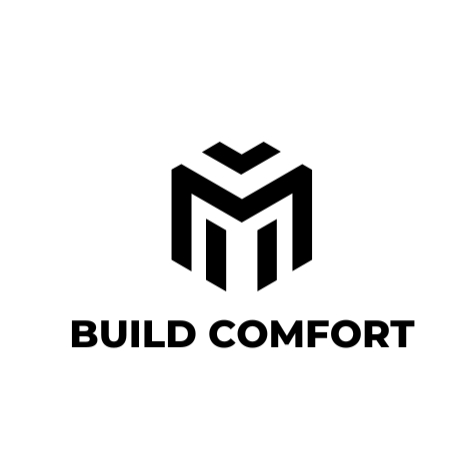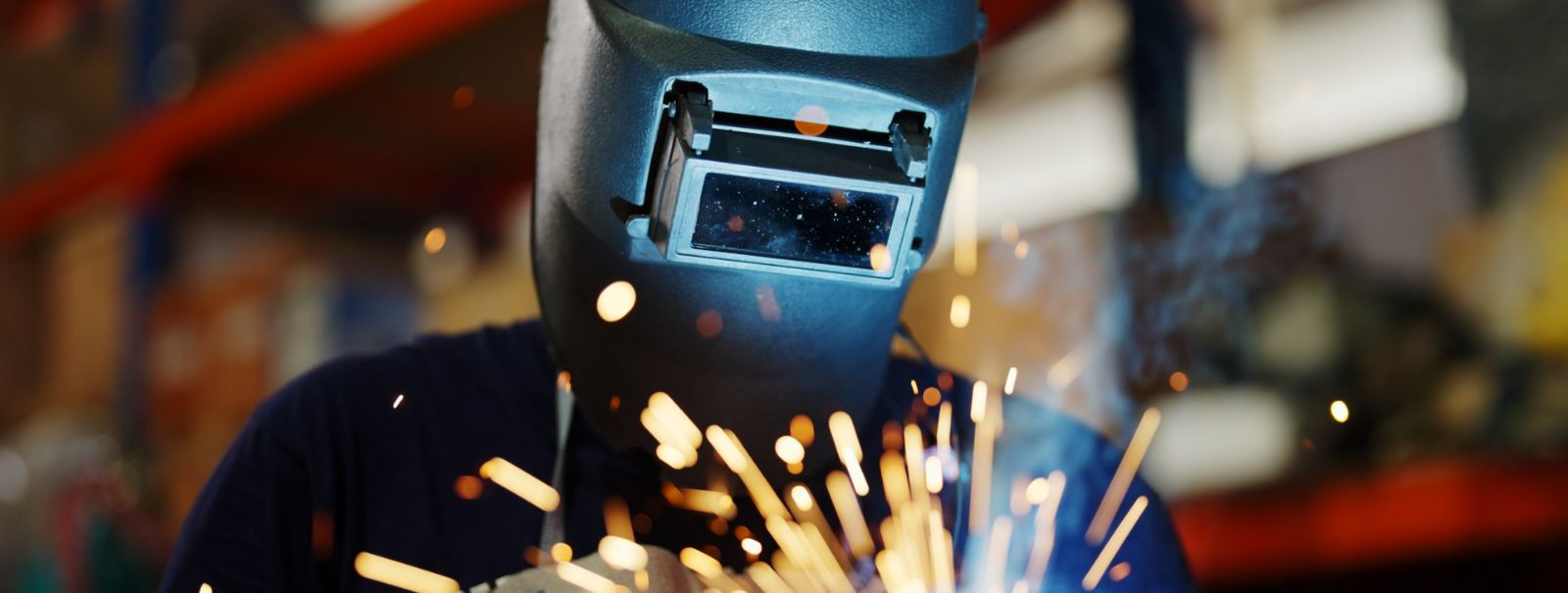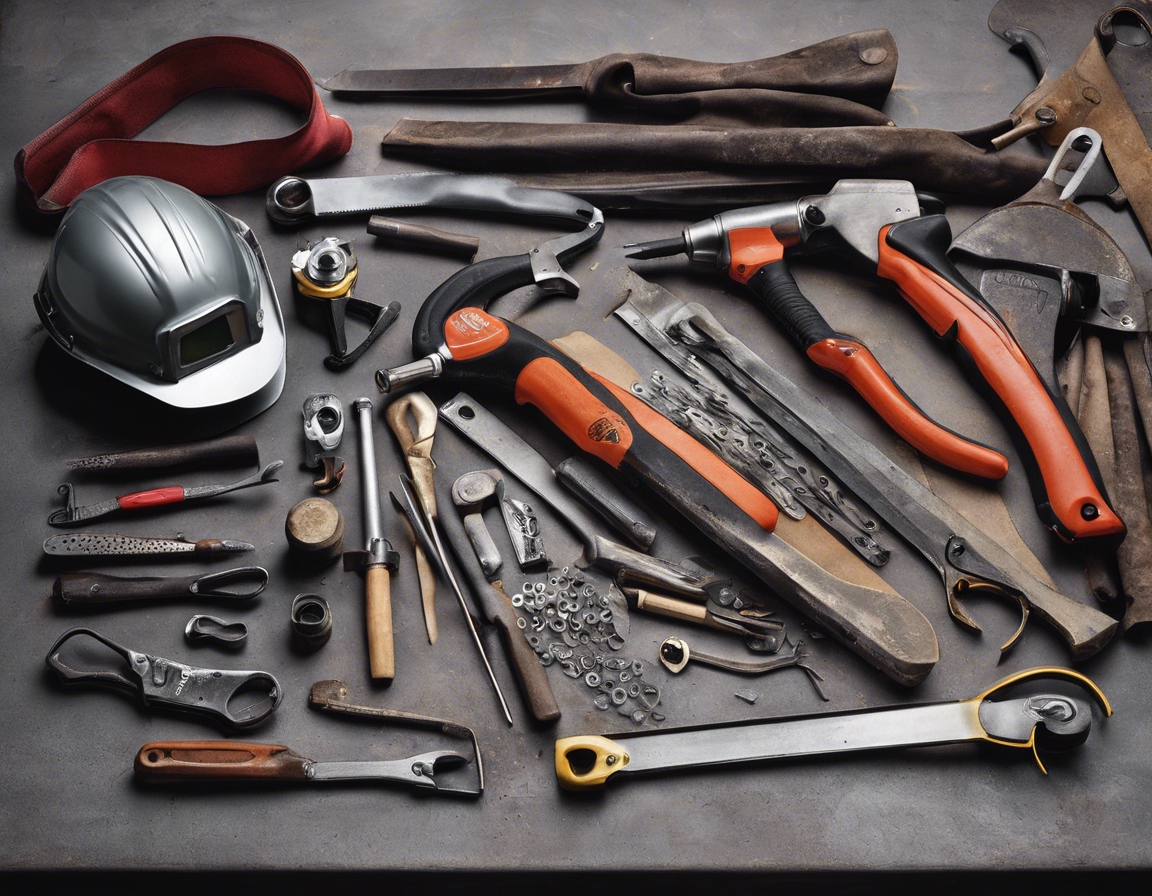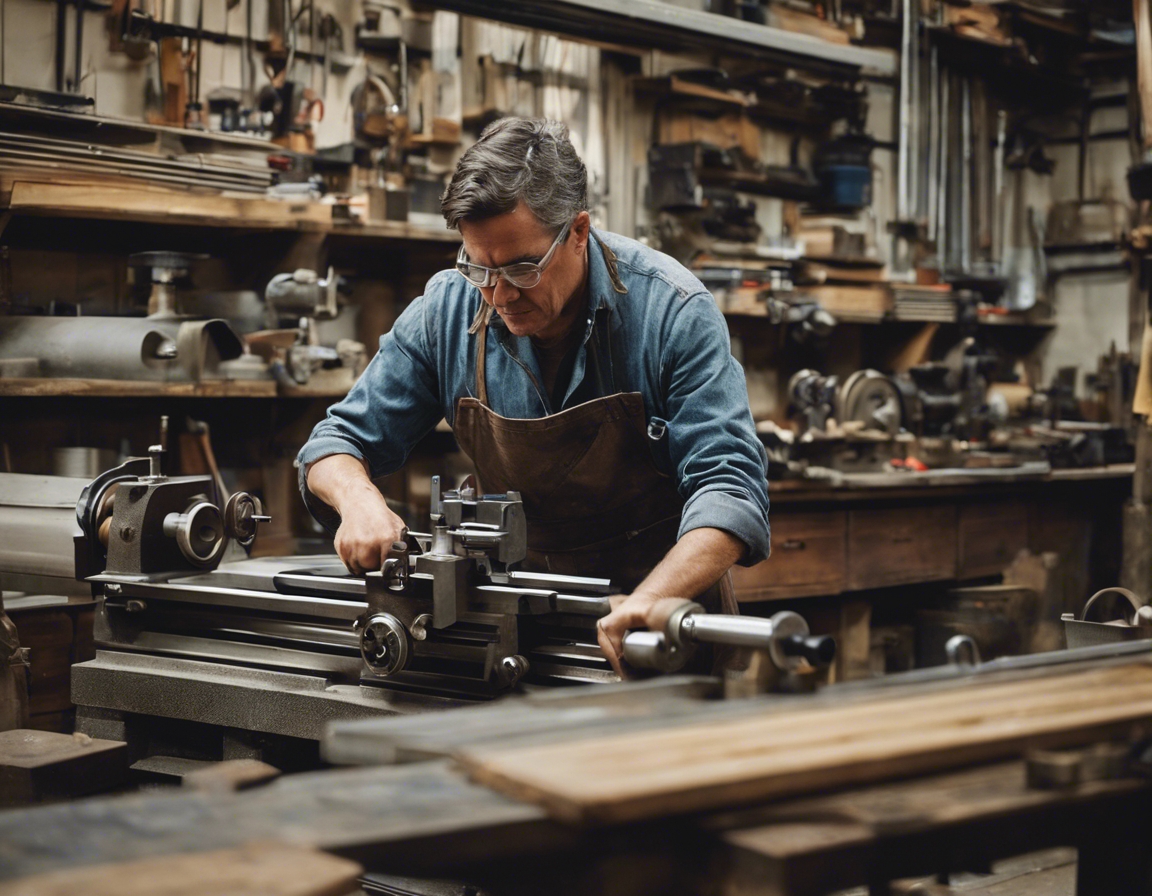The art of precision welding: techniques and tips
Precision welding is a skilled trade that involves joining metal parts with remarkable accuracy and consistency. It is crucial for applications where the strength, integrity, and aesthetics of the weld are of utmost importance. Precision welding is not just about joining two pieces of metal; it's an art that requires a deep understanding of materials, heat control, and a steady hand.
Precision welding is indispensable in industries such as aerospace, automotive, medical device manufacturing, and construction. In these sectors, the reliability of welds can mean the difference between safety and disaster, making precision welding a highly valued skill.
Understanding the Fundamentals of Welding
There are several welding processes, each with its own advantages and applications. Techniques such as Tungsten Inert Gas (TIG), Metal Inert Gas (MIG), and laser welding are among the most commonly used in precision welding. Choosing the right process depends on factors like the type of materials, the desired strength of the weld, and the level of precision required.
Materials such as stainless steel, aluminum, and titanium are often used in precision welding due to their strength and durability. Understanding the properties of these materials is essential for achieving high-quality welds.
Key Techniques in Precision Welding
TIG welding is renowned for its precision and control, making it ideal for tasks that require detailed work and strong, clean welds. It involves using a tungsten electrode to produce the weld and allows for the manipulation of heat and filler material.
MIG welding is faster than TIG welding and is often used for projects that require a higher production rate. It uses a continuously fed wire electrode and can be easily automated, which is beneficial for consistent, repetitive welds.
Laser welding offers unparalleled accuracy and speed. It is a non-contact process that minimizes distortion and can join small parts with precision that traditional welding methods cannot match.
Advanced Tips for Mastering Precision Welding
Proper preparation of materials is critical for precision welding. This includes cleaning the surfaces to be welded, ensuring a tight fit-up, and choosing the right filler material.
Controlling the environment in which welding takes place can significantly affect the quality of the weld. Factors such as temperature, humidity, and cleanliness must be managed to prevent defects.
The speed of welding and the amount of heat input are crucial for preventing warping and maintaining the integrity of the weld. Skilled welders must find the right balance to achieve the best results.
Ensuring Quality and Consistency
Quality control is essential in precision welding. Techniques such as non-destructive testing (NDT) allow for the inspection of welds without damaging the parts. This ensures that the welds meet the necessary standards and specifications.
Even with advanced techniques, welders can face challenges such as distortion, weld contamination, and material sensitivity. Addressing these challenges requires experience, knowledge, and sometimes, creative problem-solving.
Future Trends in Precision Welding Technology
The welding industry is constantly evolving, with new technologies enhancing precision and efficiency. Innovations such as pulse welding and advanced power sources are shaping the future of welding.
Automation and robotics are playing an increasingly significant role in precision welding. They offer consistent results and can handle complex tasks with high repeatability, which is particularly beneficial in mass production scenarios.






Comments (0)